THE LOSS OF LOCAL automobile manufacturing has created much discussion in various areas. Some of it is built around the possibility of creating another Aussie car manufacturing industry.
One body proposing that there is sufficient expertise and, presumably, funding for such an enterprise is the Society of Automotive Engineers – Australasia (SAE-A).
Electric, autonomous, composite, modular – these are the hallmarks of a unique Australian car according to the SAE-A, the peak Asia-Pacific body for mobility engineers.
SAE-A Chairman and CEO Adrian Feeney said the global car would energise Australia’s automotive sector with uniquely Australian engineering and manufacturing strengths.
“COVID-19 has shown the importance of car manufacturing, and we propose to start with a car that no other country could build,” he said.
“We would design it at the cutting edge of near-horizon technology, and we would build it in the medium volumes which Australia has always excelled in.”
“So what would it look like? It would be electric, substantially autonomous, built of advanced composites and made in a total volume of 50,000 to 100,000 per year.”
“It would be a modular family of specialist vehicles for world markets – imagine a police car, an ambulance, perhaps even a light military vehicle all off the same platform.”
Mr Feeney said the key to a reborn Australian car industry was to make the most of what our car and component manufacturers had always done better than others.
“We have always achieved more with less – more performance, greater strength and value for money, with smaller budgets, fewer engineers, and tighter economies of scale,” he said.
“We still have the core engineering and manufacturing skills here, and if we have learnt anything from this current situation, it is imperative that we do it and do it now.”
“First to join our group is Delineate, a transportation design company whose clients include Tesla, Google, Honda, Ford and Nissan,” he said.
“Delineate has given us our initial inspiration – a blue-sky imagining of what a 21st century police car might look like – as a first step towards a commercially viable real-world vehicle.”
Mr Feeney proposed a process similar to that which produced the aXcess Australia concept cars 20 years ago – two aspirational cars that generated billions of dollars of export sales.
He said those cars had drawn on more than 130 Australian component manufacturers, and quite a few of those manufacturers were still in business.
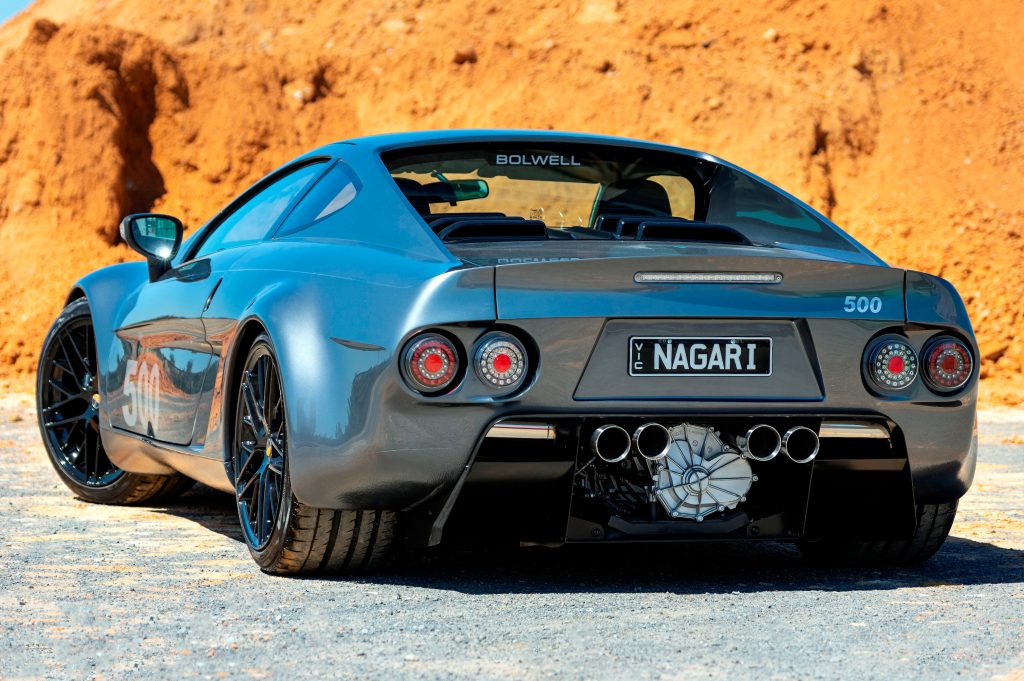
“For example, the first car was made of advanced composites such as Kevlar, and right now in Australia we build cars with even more advanced Kevlar-carbon fibre panels,” he said.
“And then there’s the legendary Aussie toughness – the history of our car industry overflows with stories of European and Japanese engineers being stunned by the strength of our cars.”
Mr Feeney said Australia’s car industry had long enjoyed medium-volume manufacturing technologies unimagined by European, American and Asian manufacturers.
“Global manufacturers were amazed at how their local subsidiaries could build 50,000 cars with the same quality and efficiency as overseas plants with 10 times the output,” he said.
“If we move now to harness our engineering brainpower while we still have it, we can design and develop the cars of the future and we have the factories to build them.”
“The time is right to put money and political will behind our engineers and our manufacturers and rebuild a specialist car industry that can be the envy of the world.”
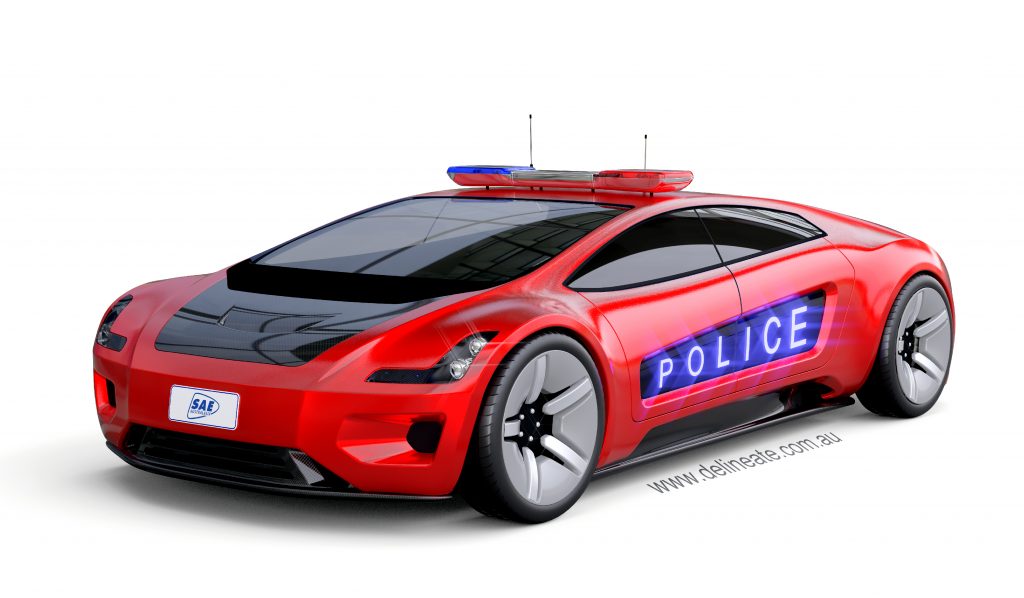
A police car for Australia and the world
A unique modular Australian police car would have several lives beyond its initial role as a police patrol vehicle, according to the SAE-A.
In its proposal for a new Australian police car, SAE-A has emphasised the importance of modular design to maximise the car’s versatility. Interestingly, many readers will recall that General Motors-Holden also proposed a police car aimed at the US market, based on the Holden platform and put considerable effort into interesting the various police and sheriff’s departments around the US. And some will recall the Ford Falcon and Holden Commodore “police packs”, introduced in 1978 and 1981 respectively, that went on to serve 30-plus years for general duties, highway patrol and prisoner transport.
“We see the initial police car concept being built on a scalable modular architecture that is adaptable to purposes such as ambulances and other emergency service vehicles,” said Mr Feeney.
“Just as importantly, it would be designed to adapt perfectly for a second life as, say, a taxi – which is where a lot of the value lies.”
“Unlike mass-produced cars which need major modification for specialised roles, our car would be designed for both its roles, with minimal cost and effort for each transformation.”
Mr Feeney said the scalable specialised platform concept was already being used to good effect by the London EV Company in its electric London taxi and its LCV delivery van.
“As with the London taxi and van, our police car platform could easily spin off a taller, longer-wheelbase vehicle, not as a van but as an ambulance,” he said.
“That’s a cost saving right there that can offset any lost economies of scale, and the economy continues when it’s time for that police vehicle to retire.”
“In many parts of the world, retired police cars have a second life as taxis, being adapted as best they can for both roles, whereas our car would be purpose built for both lives.”
“Fittings for police lights, computers, radios and safety screens can all be designed to serve similar but slightly different purposes in a taxi.”
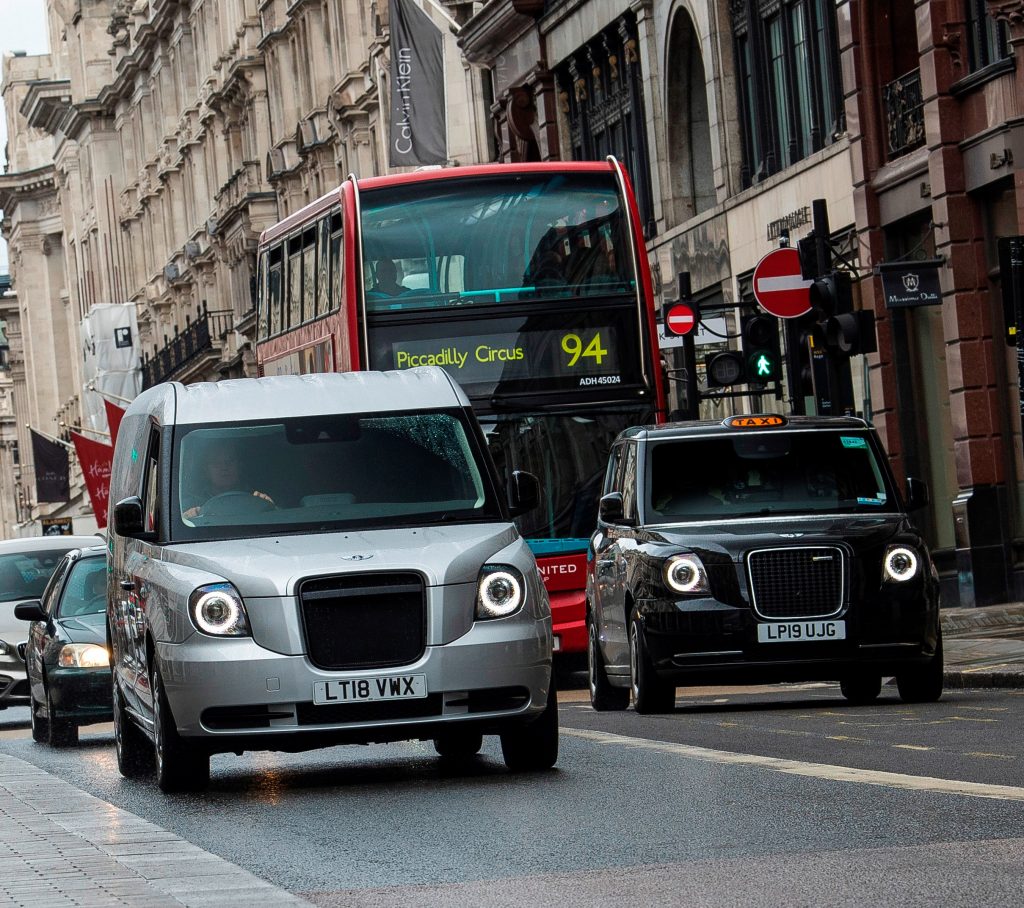
Design concepts for the unique new Australian vehicle would be based on extensive and detailed research of all likely markets around the world to maximise whole-of-life value.
Mr Feeney said this research would consider not only of the end-user needs but also whether markets would take fully imported or locally assembled variants of the car.
A purpose-built police car would offer law enforcement agencies unique operational and financial benefits.
He said a specialised design would free police forces from the many compromises involved in adapting a volume-built car to their needs.
“Police cars all around the world are cluttered with add-on equipment that was never a design priority for the cars on which they are based,” he said.
“But our unique police car will be designed from the ground up to meet all the requirements of police forces both in Australia and overseas.”
Australian transportation design house Delineate is experienced in designing modified police vehicles, and CEO Rob Veitch says a purpose-built car would solve a lot of problems.
“It takes a lot of work to fit modern police equipment to an existing design, especially if you need to convert that vehicle back to a normal car after its police service life,” Mr Veitch said.
“A car designed from the outset to meet police needs could also be designed for a very specific second life, most likely as a taxi, with easy conversion as part of the design.”
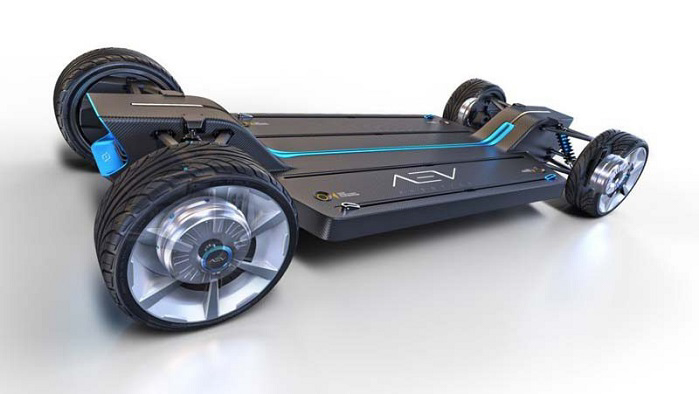
An investment that will pay for itself
The SAE-A says a reborn Australian car industry could more than repay its investment.
Mr Feeney said the key to financial success was to embrace the most suitable technologies for a low-volume, highly specialised car design.
“What we propose is not a 20th century mass production concept, but rather a 21st century high-tech manufacturing exercise that plays to our Australian strengths.”
“The car factories we once had were billion-dollar plants with a hugely expensive foundry and engine shop, body presses and weld lines just to produce the basic body and driveline.”
“By contrast, our police car proposal would use the same type of efficient low-volume body production already used to perfection by Paccar to build Kenworth trucks in Melbourne.”
“The driveline would be electric, with proven savings in materials and manufacturing costs, backed by Australia’s wealth of lithium and emergent battery industry.”
“And we should never forget that all these technologies will preserve a level of expertise that will be priceless next time we face a crisis such as a pandemic.”
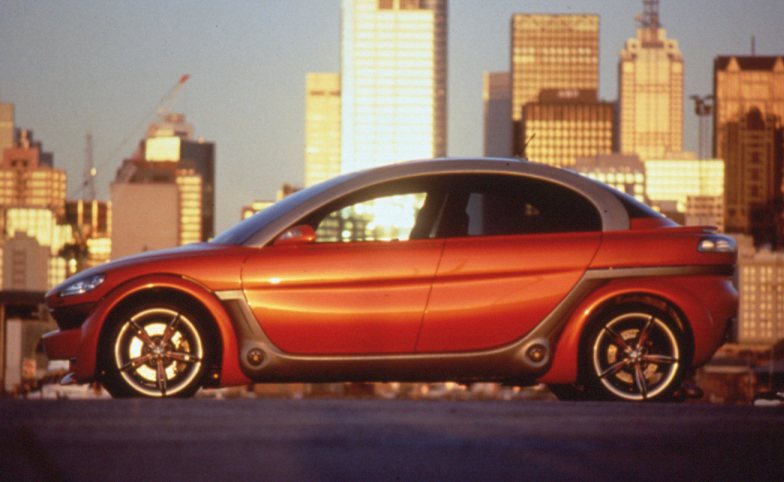
The focus on police and emergency vehicles is a key element of the SAE-A proposal.
Mr Feeney said the market for these vehicles would reward high-level expertise that could produce exactly what the various police forces required.
“Australian police forces buy up to 5,000 cars each year, each with tens of thousands of dollars in special equipment added,” he said.
“Our approach would put the money and effort into producing a modest volume of highly specialised vehicles, while avoiding the massive capital costs of a big-volume factory.”
“We’ve seen this sort of thing before, with specialist manufacturers building postal and ambulance vehicles, not to mention our thriving coach and truck manufacturing industries.”
“By targeting a market with very specific needs, we can own that market long term, and by dramatically reducing the capital cost, we completely re-write the financial equation.”
Mr Feeney said SAE-A looked forward to generating interest from government and the private sector, with a view to a feasibility study to take the concept to the next level.
We will follow developments with interest.
